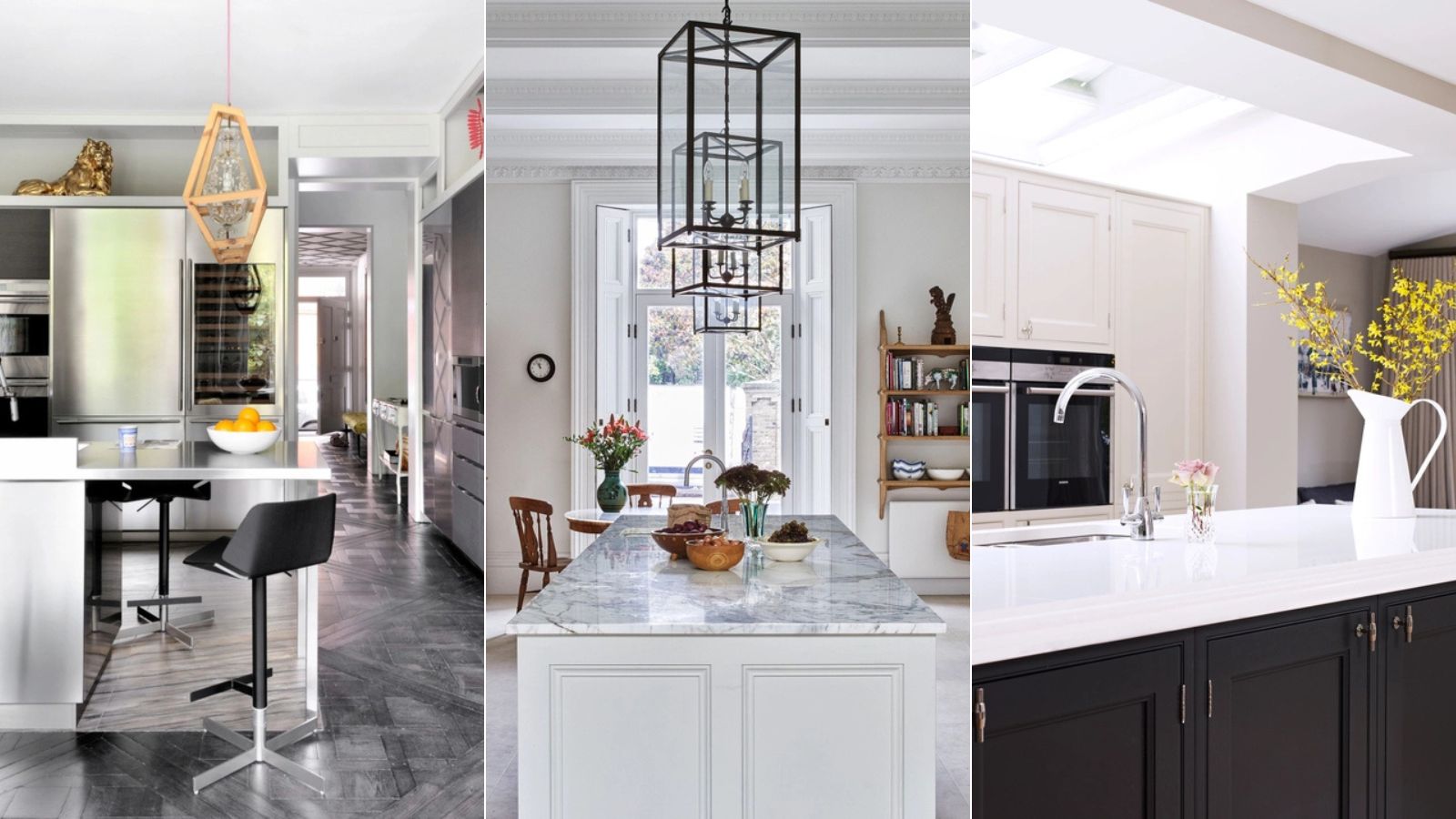
Countertops can make or break your kitchen scheme. While they are a functional element, they have a huge impact on the aesthetic of your space, so choosing the right style and material is an important decision.
There are so many kitchen countertop ideas to consider, from timeless designs that work in plenty of schemes to statement kitchen countertop trends that add personality and unique appeal. But some can make your scheme feel left in the past.
To help you choose the best kitchen countertops for your space and style, we’ve turned to experts to find out which trends feel decidedly outdated in 2025 and should be avoided at all costs.
6 outdated kitchen countertop trends to avoid
Kitchens are an investment so you want to choose countertops that have longevity both in terms of style and durability. From fussy materials to designs no longer in style, these are the kitchen countertop trends designers say to leave behind.
1. High-maintenance countertop materials
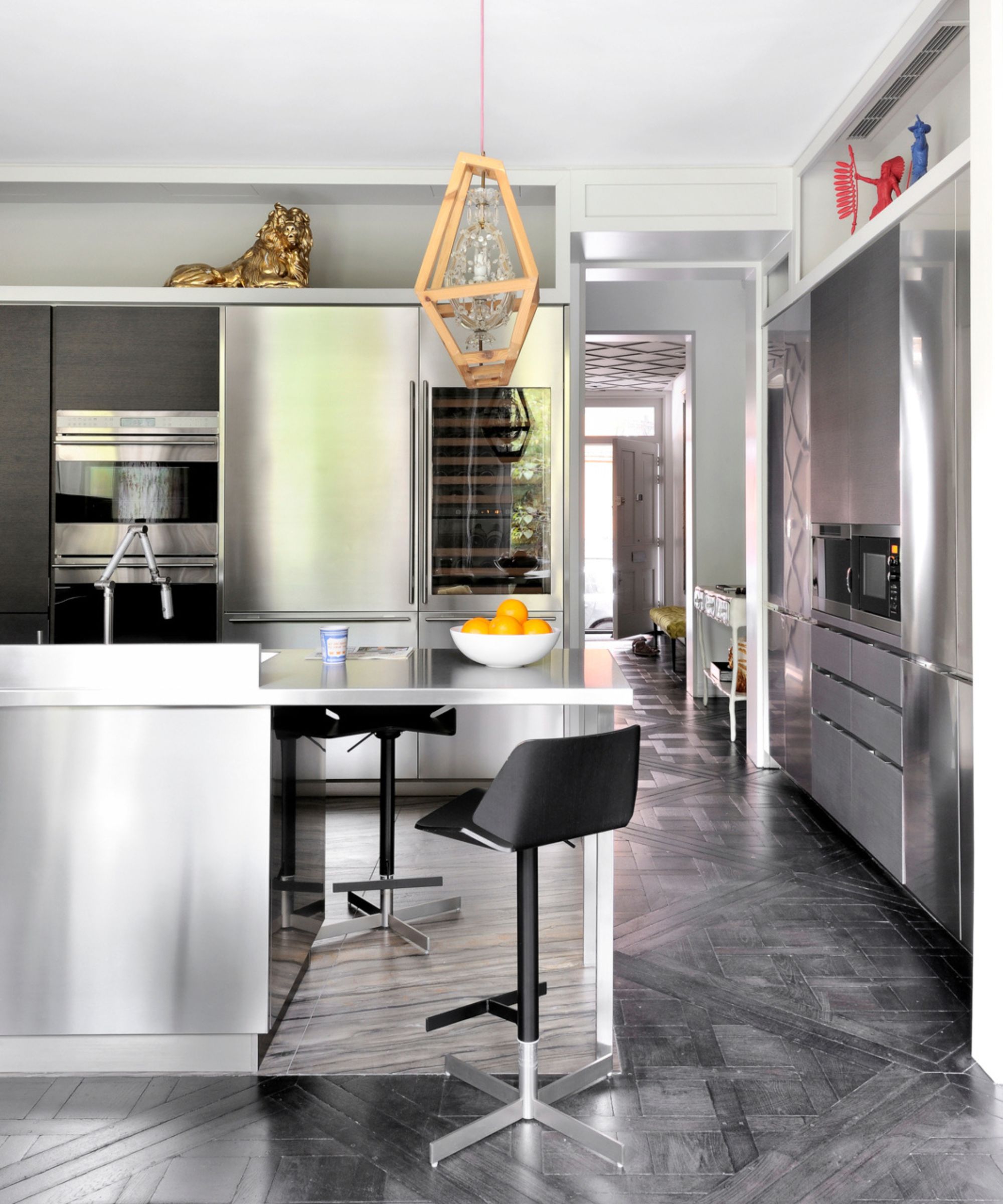
In the past, we’ve seen kitchen trends embracing materials that are considered high maintenance. This can vary from being susceptible to damage to just really hard to clean – either way, they’re considered outdated in 2025.
‘Avoid high-maintenance, delicate materials – especially in high-traffic spaces. Kitchens are a busy place, and the worktop, more than any other part, really takes the brunt of this. Don’t make the mistake of choosing the wrong material,’ says Jonathan Stanley, VP of marketing at Caesarstone.
This includes metallics like stainless steel countertops – you’ll probably find yourself spending more time scrubbing away fingerprints and smears than you will actually using and enjoying your kitchen.
2. Natural stone in busier households
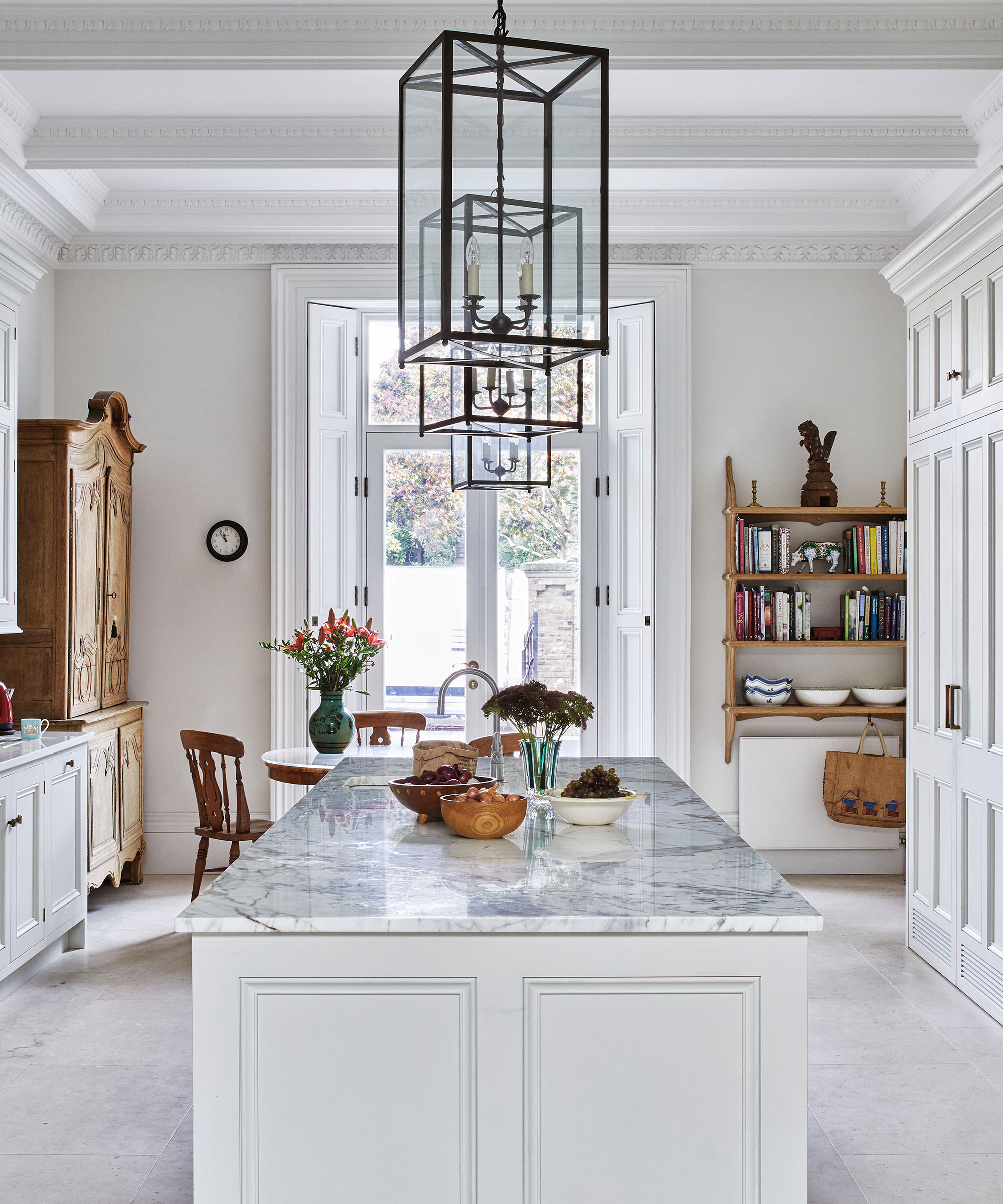
There’s no denying the appeal of natural stone countertops, especially beautifully veined marble. However, in busier households with less time to spend maintaining your countertops, it’s best to steer clear of these more natural materials.
‘Whilst the look of white and grey marbles with delicate veining, such as Calacatta and Carrara, is a firm favorite, designers and homeowners alike are favoring engineered stone interpretations over natural marble,’ says Jonathan.
‘Natural stone can be highly susceptible to staining. To avoid substantial damage, you would have to seal your marble countertops at least annually. Engineered stone, on the other hand, requires virtually no maintenance. It offers a beautiful, natural aesthetic whilst being extremely durable and practical.’
3. Heavy profile countertops
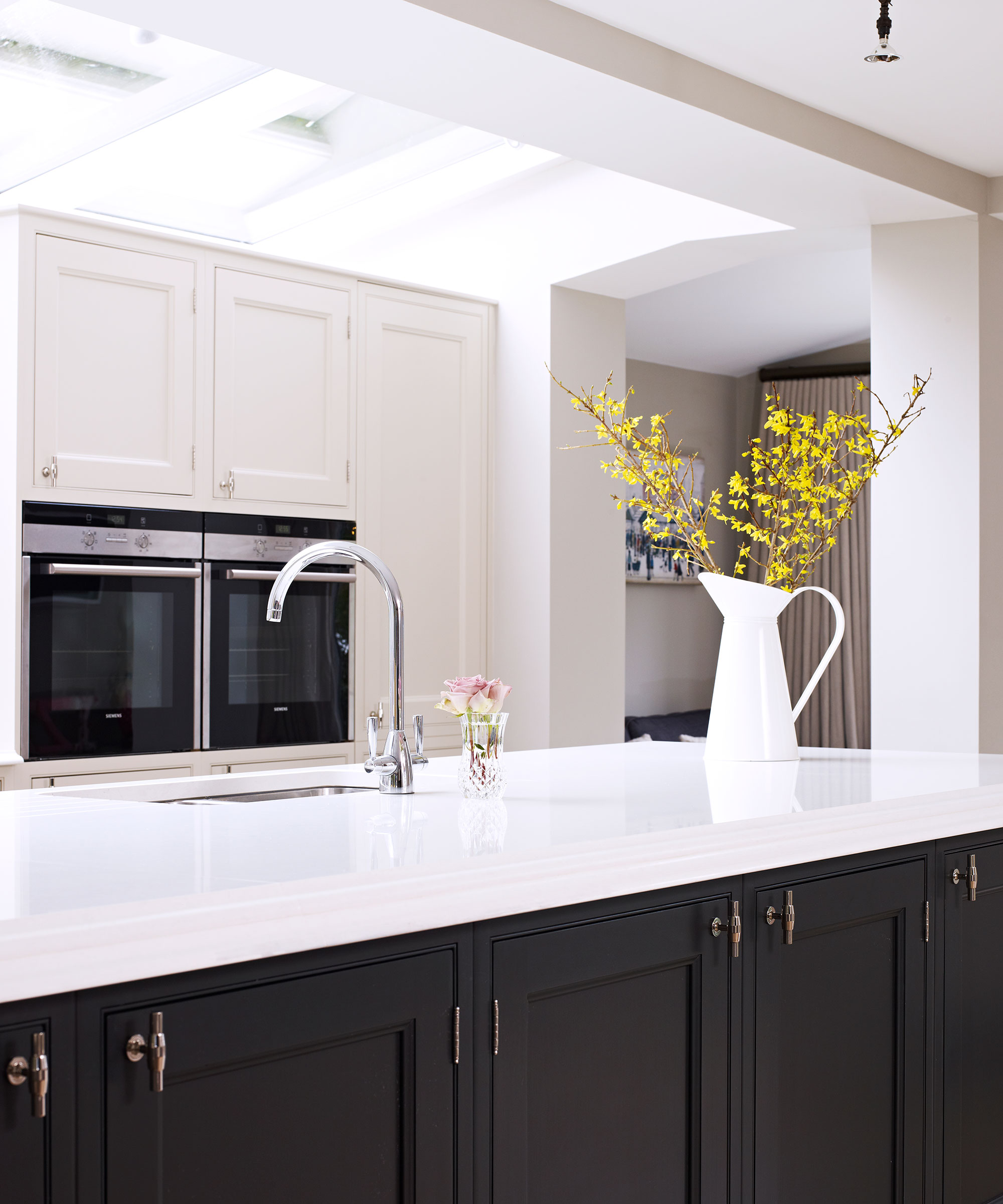
Prior trends saw a desire for thicker countertops to imbue a sense of luxury into kitchen designs. But it seems the novelty has worn off, and for 2025, they’re very much out of style.
‘Chunkier, heavy-profile countertops are definitely becoming less popular. Instead, we’re seeing more interest in thin-profile worktops made from materials like neutral Silestone or Dekton, which are perfect for achieving a clean, contemporary vibe,’ says Fiona Ginnett, co-founder at HØLTE.
If you still want to add something unexpected to your scheme, consider a material that packs a punch even with a thinner profile. ‘For a touch of personality, terrazzo is a playful choice that adds texture and color without feeling overpowering,’ Fiona adds.
4. Granite
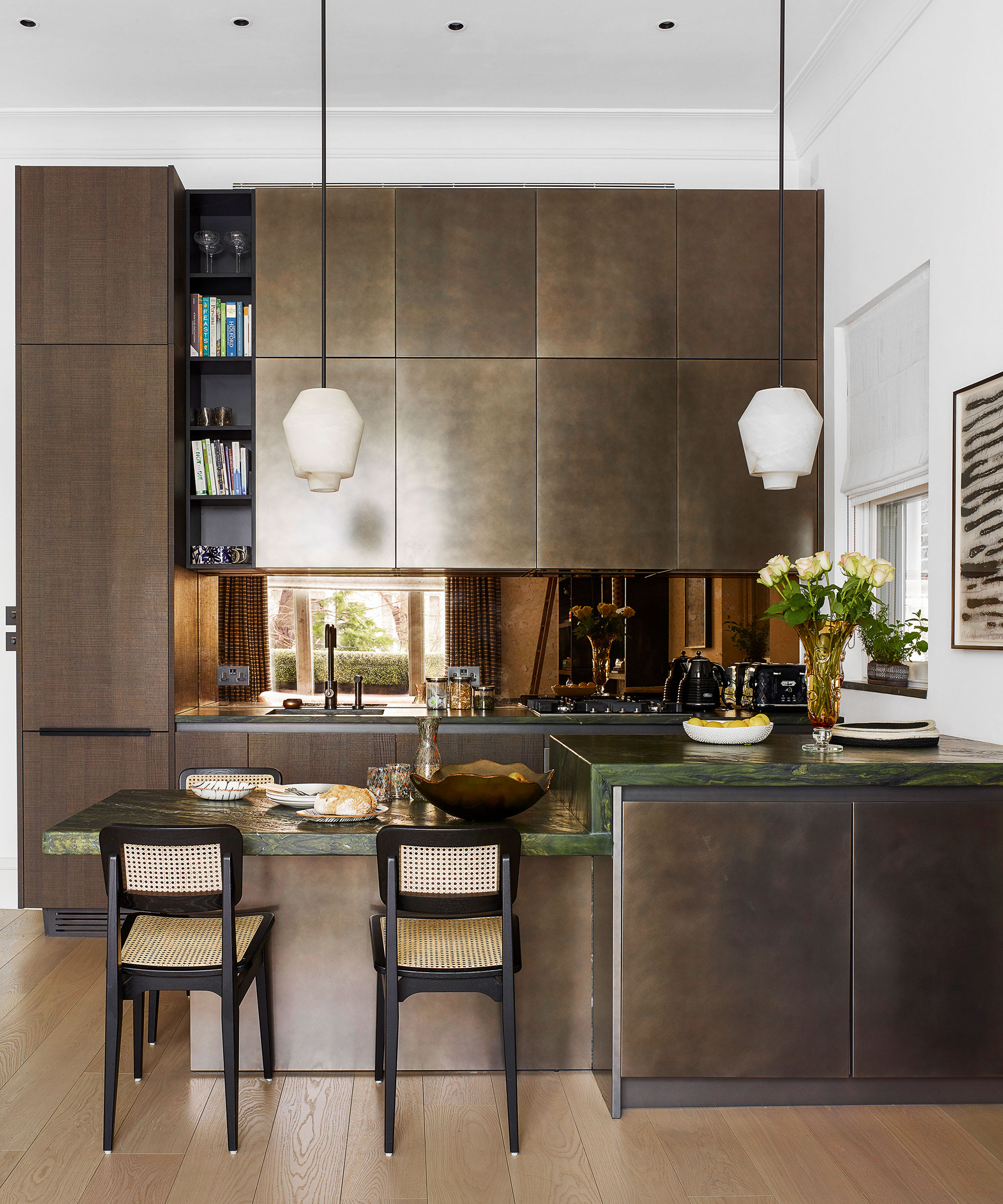
Granite is a popular choice for a kitchen countertop, its big draw is that it's durable and relatively affordable for a stone worktop. However, certain grains and colors are definitely on the out and can bring down the whole look of a kitchen.
'While I always encourage using natural stone for countertops, I can’t think of a faster way to date your home than by installing granite countertops,' says designer Megan Evans. 'While granite is often a budget-friendly option, quartz would be a much better material to consider at a comparable price point.'
The kind of granite we are talking about is like the granite from a classic 90s/early 2000s kitchen. It's brown or beige, with a really shiny, busy finish to it, and usually has some funky edging.
In a modern kitchen, this is not quite yet retro enough to be cool, the material has no place – avoid, avoid avoid. If you are opting for a granite surface, choose a darker shade, or something unexpected like the green used in this kitchen, and look for designs where you can't see too much shine, you want to steer clear of it looking too... glittery.
5. Tile
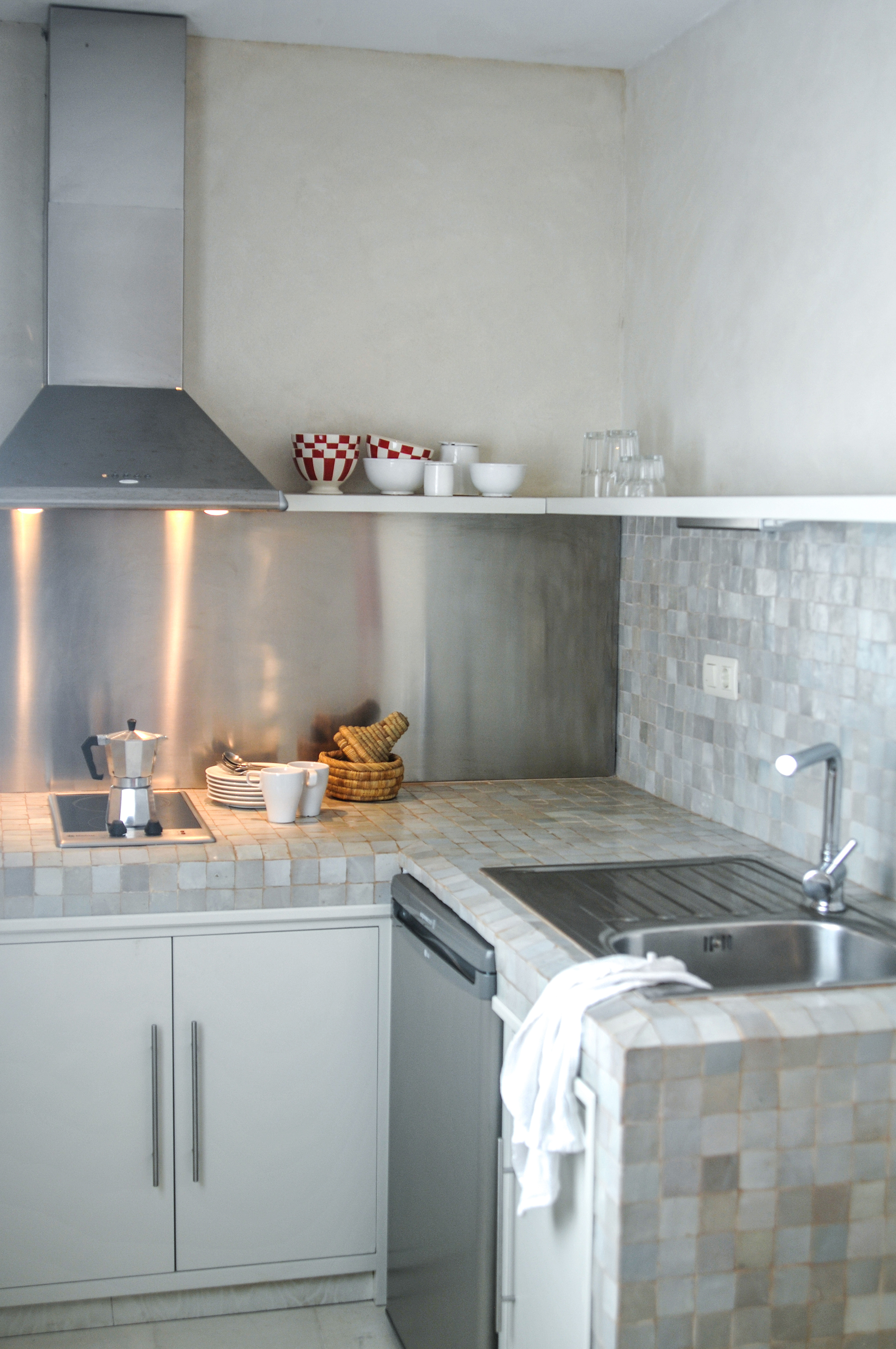
Honestly, this is a kitchen trend we love right now and we are obsessed with this kitchen, but we totally understand a tiled worktop is incredibly impractical, despite how great they can look. Plus, there's the risk that if they aren't done right that they just look like they did back when they were popular in the 80s – fussy and old-fashioned. And will this still be on trend next year? You can never be sure.
'Tile countertops can look beautiful as they give you the aesthetic freedom to really choose something unique and personal. However, while beautiful at the start, more often than not, they don’t stay that way!' says Richard Davonport, managing director at Davonport.
'If you use ceramic tiles, these can crack very easily from not much use – a dropped mug, heavy pan or even just leaning on them wrong. There is no way to repair them either, and it is a case of replacing any that do chip. Porcelain tiles are much stronger, but just like ceramic tiles, you also have to deal with grout lines and joints. These are very difficult to maintain and keep clean, even more so if they are part of a kitchen countertop that is subjected to spills on a daily basis. It’s advisable to reseal the grout joints every year or so and so require a lot of maintenance.'
Al Bruce, founder of Olive & Barr agrees that 'When it comes to designing a kitchen, choosing the right worktop material is crucial. While tiles are commonly used in various areas of the house, including bathrooms and floors, opting for tile kitchen worktops might not be the best decision.'
'They are typically porous, making them susceptible to staining and water damage. The grout requires more maintenance and can become a magnet for dirt and grease. The nature of the tiles also means the surface is uneven, making it difficult for those preparing food on the work surface.'
6. Laminate
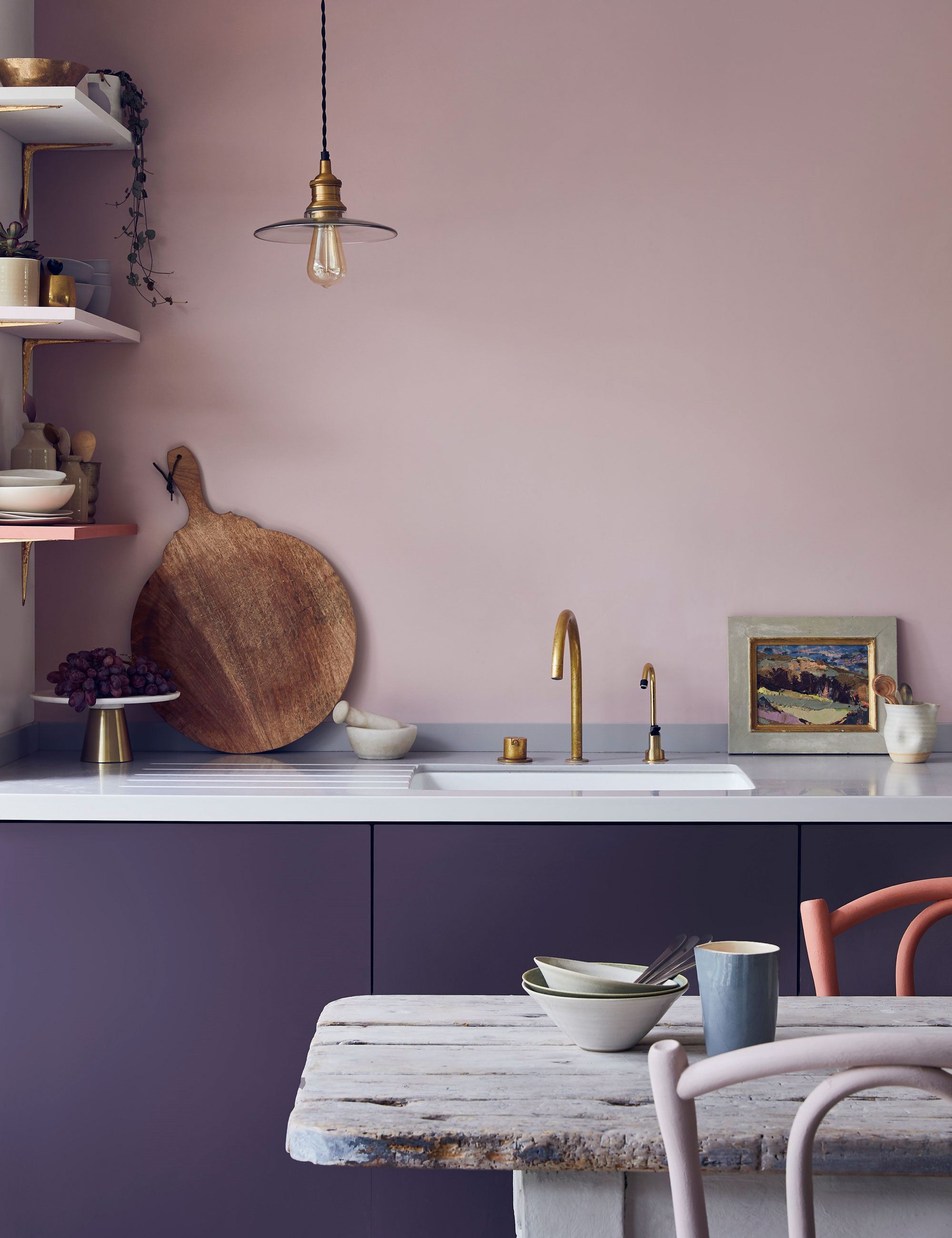
This is not a totally surprising one, we rarely see an example of a laminate worktop that doesn't look like a laminate worktop and chances are, after time, they are going to make a kitchen look dated.
'Although an affordable and easy to maintain solution, many homeowners are moving away from plastic laminate worktops,' explains Alex Main, founder of The Main Company. 'With many color and style options, while laminate can attempt to mimic the natural patterns found in stone, marble, or granite for example, the end result is never the same. Unlike real stone or reclaimed wood, the surface can stain or be easily damaged, and over time, it’ll mean it needs replacing more often – which will have more of an effect on your budget than buying well and buying once'
Hugh Leader-Williams, creative lead at Blakes London adds, 'We don't use Laminate countertops. They are a false economy and almost always lead to a compromised design. You can't undermount sinks in them as the cut edges where the sink would slot into the need to be hidden as the core is made of chipboard, so you have to use a surface mounted sink which gives a much less sleek installation.'
FAQs
What is the best countertop material?
All countertop materials have their pros and cons and the best kitchen countertop options will come down to your style and budget. Quartz is a great choice in terms of resilience and price – the more hardwearing that marble or granite but you still get that natural stone look. Unlike laminate designs that try to replicate stone, quartz has a very realistic effect.
Ultra-compact surfaces are another great option. They are usually made of porcelain or ceramic and are exposed to extremely high temperatures to produce a really strong surface. They are really low maintenance, easy to keep clean, and heat, scratch, and stain resistant.
From materials to style, these countertop trends are out for 2025. The alternatives? Timeless, hard-wearing materials that blend function and style.







